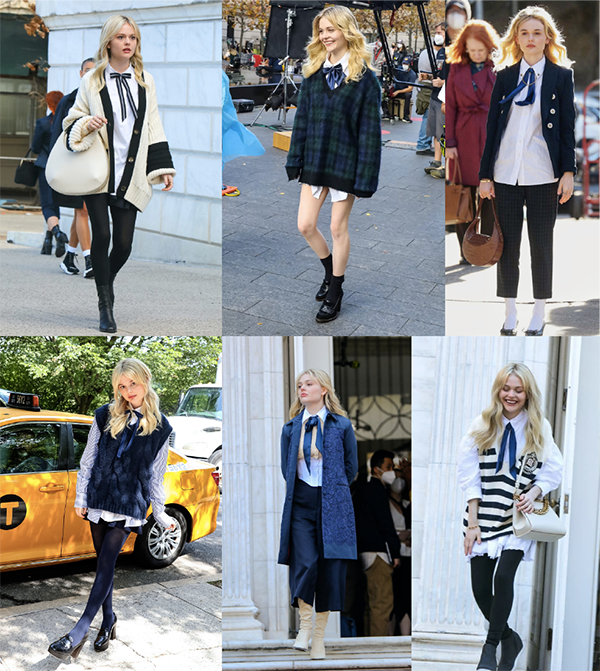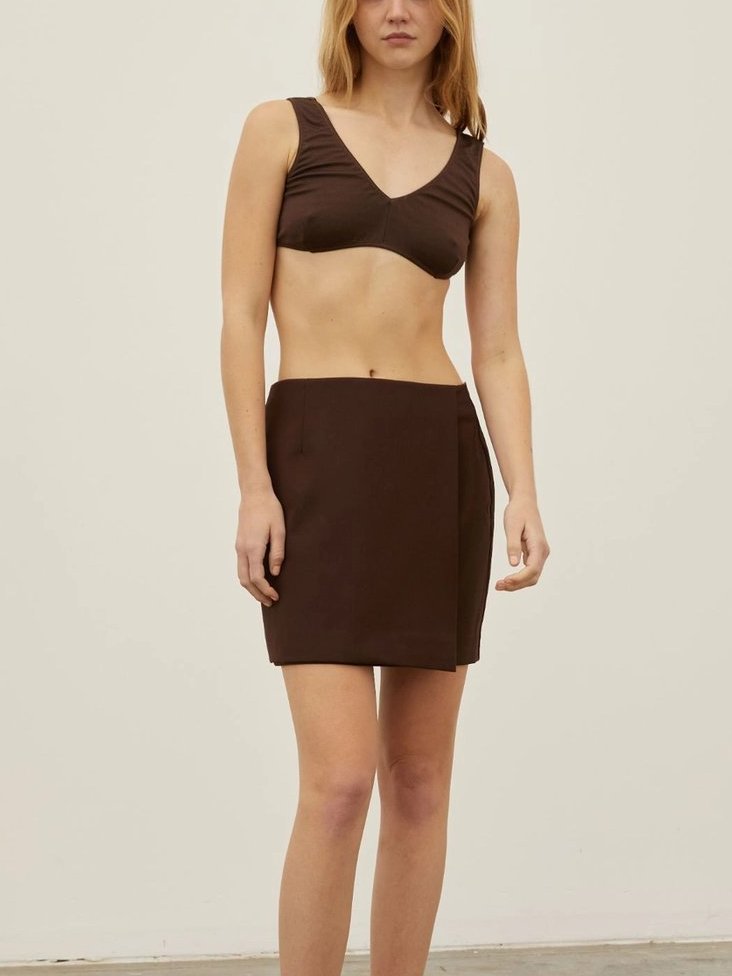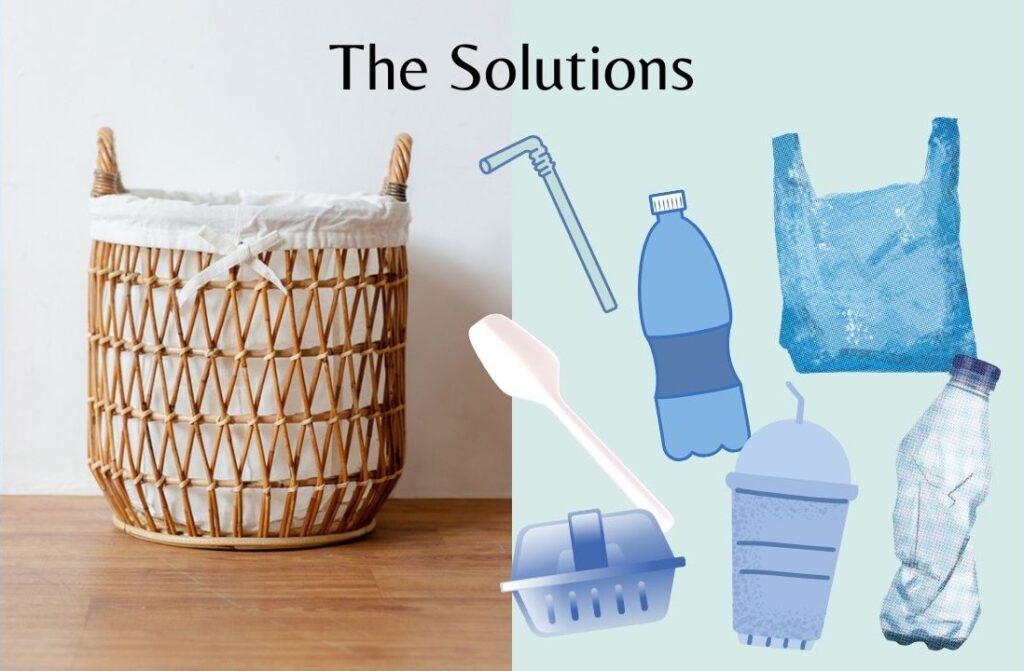In the early 1900s, a new material was created that we now know as plastic. At the time, plastic was seen as a revolutionary invention and it is currently the most used material in a lot of different industries: packaging, construction, electronics, fashion and more. It’s cheap, durable and lightweight and the number of possible applications is practically unlimited. There are however a lot of disadvantages of plastic that are coming to light and far outweigh the positives. Our rivers and oceans are filling up with plastic, affecting animals, the environment and our own health. This 3-part series of posts will highlight an invisible threat that is entering our drinking water, how fashion is involved and what you can do to lower your own impact. In this first part, I’m going to introduce you to microplastics.
The general image that most of us have when we think of plastic waste ending up in the oceans is plastic packaging that people have thrown away irresponsibly, like plastic bags, cups and straws (remember #SaveTheTurtles?). The management of plastic waste is still something that isn’t fully optimized yet in certain areas in the world so much of it just ends up in the ocean. This environmental issue, often referred to as plastic soup, has gained a lot of attention the past few years and mismanaged waste is indeed the main source of plastic pollution in the oceans.
However, there is another way plastic is released into the environment. This happens involuntarily while we do our daily activities without even thinking about it. In some countries, this is actually a bigger cause of plastic pollution than the littering and mismanagement of plastic trash.
Let me explain
What are microplastics?
Between 4,8 and 12,7 million metric tons of plastic waste enter the ocean each year. What I’m talking about here is large pieces of plastic litter, like the ones I mentioned earlier: bags, cups, food packagings, etc. Truth is, this number is actually much higher because plastic does not only come in big pieces. There are also tiny pieces with a diameter of 5mm or less that we call microplastics.
Microplastics can be naturally created by those large pieces of plastic as they break down into smaller pieces due to waves and abrasion in the water. But microplastics are also deliberately made and added into cosmetics and personal care products. Plastic products we use in our daily life also constantly shed tiny pieces while they’re being used. The release of microplastics is a lot less visible because they are so much smaller, but there are growing concerns about this silent threat.
As I said before, plastic is used in a lot of industries and types of products. Therefore, microplastics can originate from a lot of items. One of the main sources of microplastics is synthetic textiles. Synthetic textiles are fabrics that are human-made through a chemical process. The most well-known ones in fashion are polyester, nylon/polyamide, elastane and acrylic. Some other sources of microplastics are car tyres, road markings, cosmetic products and protective coatings that are sprayed on ships and other water vehicles.
Rather than at the end of a product’s life when the plastic product is thrown away, the microplastics are mostly released while the products are being used. While you’re driving, microplastics are released from the abrasion of the tyres. When you’re taking a shower, microplastics are released if you use a scrub that has those tiny plastic balls called microbeads to help exfoliate. When you’re doing the laundry, microplastics are released from the clothes that have synthetic fibers in them as they are rubbing against each other.
What happens after microplastics are released?
The microplastics from the different sources travel over roads, through water systems or in the wind and finally end up either in the soil or in the ocean. In the case of synthetic textiles, most of the microplastics travel through the wastewater streams to the rivers and then all the way to the oceans.
Once the small pieces of plastic have made their way to the ocean, they will either float or sink. Microplastics that are lighter than seawater like polypropylene will float and spread across the oceans. One study estimates 93 to 268 kilotons of these types of microplastics are currently floating in the oceans. The microplastics that are heavier like acrylic will sink to the ocean floor. So even the animals and organisms that live in the deep sea and that have never even seen humans can’t escape this man-made and unnatural material. Microplastics have already been found in our own food chain and drinking water, including bottled water.
Let’s look at some numbers
A study done by Eunomia estimates that between 0,5 and 1,41 million tons of microplastics from these commercial and household activities enter the environment every year, with the average being 0,95 million tons/year. Another study by International Union for Conservation of Nature and Natural Resources in Switzerland gives a similar estimation between 0,8 and 2,5 Mtons per year. With an average of 1,5 Mtons/year, this would roughly equal to every human worldwide throwing one plastic grocery bag into the ocean per week. If we continue like this, another 22 million metric tons of microfibers will most likely be added to the oceans until 2050.
The study by IUCN concludes that between 15% and 31% of all plastic in the oceans originate from commercial and household activities. 98% of the microplastics are generated from activities on land and only 2% at sea. 77% of the microplastic releases to the oceans happen while a product is being used or maintained in a household, so plastic doesn’t only impact the environment after it’s thrown away, and it’s not just big companies that release microplastics. Washing synthetic textiles and the erosion of car tyres while driving are the biggest sources of microplastics in the oceans with each a share of one-third.
Another research corroborates this as they estimate 20% to 35% of microplastics in the oceans are from synthetic clothing, and 190.000 metric tons of microplastics are released from textiles per year.
How exactly do our clothes contribute to this?
Synthetic fabrics like polyester, nylon/polyamide and acrylic are made from plastic-based materials. More than 60% of global textile products are made from synthetic fibers. Every time a garment is washed, small fibers come off because of all the rubbing and abrasion. In the case of synthetic fabrics, these fibers are small pieces of plastic: microplastics. The microplastic fibers are discharged in sewage water and most of the time end up in the ocean and a small percentage in the soil. Significant amounts of textile fibers have already been found in many sampling studies in different bodies of water, but I’ll talk more about that in part 2.
The microplastic pollution caused by the fashion and textile industry already begins during the production of the items. While synthetic fabric is produced, fibers are already released into the air and environment. Alongside the environmental issue, this may also pose a health and safety risk for textile factory workers.
After the production, the garments end up in households all over the world where they are used and washed. I looked at a few studies that researched how much microplastic is released from washing synthetic textiles. The values taken into consideration for one study were: 55 laundry cycles per person per year and 4 kg load per wash. With both a pessimistic and optimistic view, the microplastic losses would be between 300 and 1500 mg per kg of synthetic textiles per wash. The average of these numbers would be 900 mg/kg. Another study shows a laundry load of 6kg could release as many as 700.000 fibers. Now you can make a calculation of how much is released in your country per week…
It is believed different types of synthetic garments release different amounts of fibers, but this research is still at an early stage. One performed test showed acrylic garments possibly release more fibers than polyester. At the same time, polyester is the main microplastic found in the oceans because it’s the most used material in fashion. Acrylic, nylon and rayon have also been detected in the ocean. There are also materials that are in between natural and synthetic. These are called semi-synthetic and a few examples of these types of textile materials are viscose/rayon, lyocell and acetate. They are only considered partly synthetic, but several studies show that these fibers have been found in the stomachs of some fish and shellfish species and even some tiny animals in the deep sea.
When a garment has been washed thousands of times and it has reached the end of its life, the microplastic pollution is still not over. A lot of old clothes are either burned or end up in huge piles in landfills. There is some evidence that suggests those clothes also release microfibers into the environment. This goes to show synthetic clothes are incredibly harmful from the beginning of their life until the end (if we can even say synthetics have an end because those materials will stay in our environment for hundreds of years).
Part 2: what Are The Dangers And Consequences?
So now we know microplastics exist, where they originate from and how they end up in the oceans, but why should we be worried about it? Continue reading part 2 where we will focus on why microplastic pollution is so dangerous and what it’s doing to our planet and our health:
What Are Microplastics Doing To The Planet, People And Animals?
I briefly touched on the production of clothes. If you want to know more about this, you can read this post where I list all the steps involved in producing a clothing item!
Did you already know about microplastics or is this your first time reading about it?
Sources
Boucher, J., & Friot, D. (2017). Primary Microplastics in the Oceans: a Global Evaluation of Sources. Gland: The International Union for Conservation of Nature (IUCN).
Textile Exchange. (2019). Preferred Fiber & Materials Market Report 2019. Textile Exchange.
Greenpeace. (2018). Microplastics and persistent fluorinated chemicals in the Antarctic. Greenpeace.
House of Commons – Environmental Audit Committee. (2019). Fixing fashion: clothing consumption and sustainability. House of Commons – Environmental Audit Committee.
Henry, B., Laitala, K., & Klepp, I. G. (2018). Microplastic pollution from textiles: A literature review. Oslo: Consumption Research Norway – SIFO.
Kosuth, M., Wattenberg, E. V., Mason, S. A., Tyree, C., & Morrison, D. (2017). Synthetic Polymer Contamination in Global Drinking Water. Orb Media.
